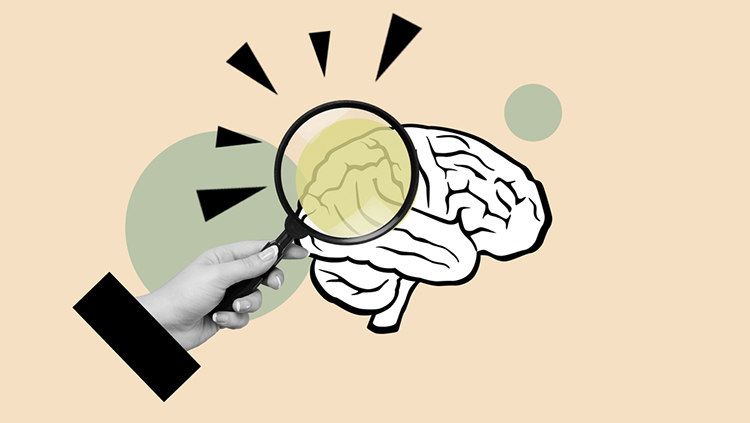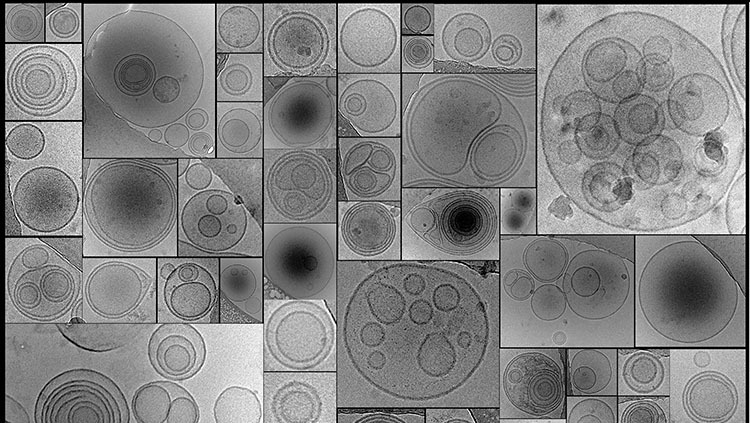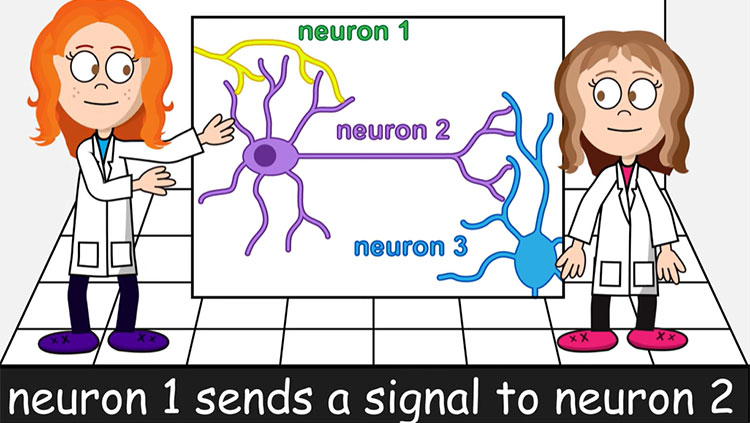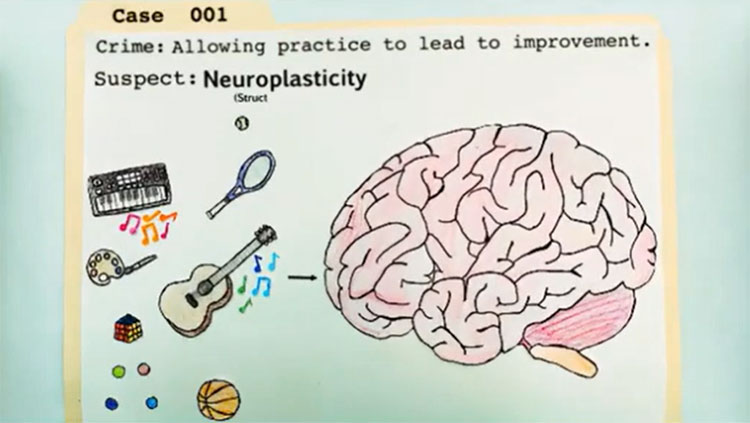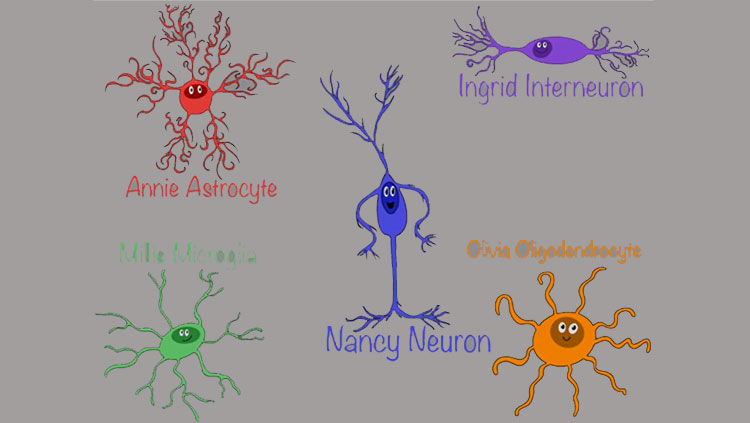Deep Dive into the Science of LSD
- Published15 Feb 2024
- Source BrainFacts/SfN
Psychedelics like LSD have received a lot of buzz for their potential to treat serious mental health issues like post-traumatic stress disorder (PTSD). But how do these psychedelics impact the brain? Research suggests LSD can partially activate serotonin receptors, sending signals through systems usually shaped by serotonin — altering everything from mood and attention to sensations and sleep cycles. But more research is needed to determine a more well-rounded understanding of LSD’s biological impacts and efficacy as a medical treatment.
This is a video from the 2023 Brain Awareness Video Contest.
Created by Katelyn Caldarone.
CONTENT PROVIDED BY
BrainFacts/SfN
Transcript
Think I should call a guidance counselor about it? Like, I've noticed some symptoms. Yeah, like dilated pupils, and she had a lack of balance, and she was falling all over the place, and she seemed like she was very disorganized, you know, in her thoughts. And also, oh yeah! Halluc– I think maybe she's on LSD or something. I know that's a hallucinogenic that impacts her brain's connection to the central nervous system.
Various changes in behavior and perception occur as a result of a person taking a large dose of a psychedelic, specifically LSD. Today we hope to inform you how LSD impacts your brain on a neurological level.
While much remains unknown regarding LSD’s effects on the human brain, studies have shown effects of LSD in multiple brain regions, including the occipital lobe, thalamus, and posterior cingulate cortex, located in the limbic lobe. The pathway between the thalamus, which deals with consciousness and motor signals, and the posterior cingulate cortex, a set of brain regions involved in many kinds of connectivity within the brain, becomes much more active than usual and communicates at a much higher and faster rate when under the influence of LSD.
This is Seth, a researcher at Sussex University. He researched the effects of LSD while being monitored by a team of scientists in a controlled environment.
He described feeling time and space, and as his attention drifted, clouds would turn into animals. Seth and the research team were able to deduce from his experiences that even under the influence of LSD, the brain is always attempting to make inferences about the signals it receives.
A simple way of understanding this is with optical illusions. At first, this image may appear as a silhouette of two people facing each other or as the contours of a vase. Initially, you may only see one image, but after you look at it for a while, your brain can perceive both, showing that our brain is making predictions based on prior knowledge.
Scientists currently theorize that LSD primarily affects the serotonin, also known as 5-HT, system. Serotonin is a neurotransmitter that acts as a neuromodulator. In their simplest forms, neurotransmitters are a type of chemical message. As serotonin is a neuromodulator, it may have either inhibitory effects, meaning the chemical message it produces is blocked from continuing to be passed between the specialized cells in the brain called neurons, or it can have excitatory effects, meaning that the chemical messages continue to be passed along to other neurons.
The varying effects of serotonin are dependent on the different receptors that it may bind to. Serotonin has been demonstrated to be closely connected to control of sensation, sleep, attention, and mood. Neurotransmitters bind with receptors: a process that must occur for a neurotransmitter to have its effect.
The hallucinogenic effects of LSD are associated with 5-HT2A receptors, where LSD acts as a serotonin or 5-HT partial agonist. This means that when LSD binds with the receptor, it exerts reduced effects than those caused by a true serotonin molecule. LSD’s interaction with this receptor disrupts typical control of sensation, sleep, attention, and mood, which may be a possible explanation for its hallucinogenic effects. While LSD interacts with other 5-HT receptors, and other neurotransmitter receptors such as dopamine, its interactions are not well understood.
Recent research has suggested that microdosing of psychedelic drugs, such as LSD, may have mood stabilizing effects for symptoms associated with anxiety and depression. Microdosing is a dosage technique that involves taking 5-10% of a typical dose of a drug.
A recent study from the Olson lab at UC Davis, which placed mice treated with repeated microdoses of the psychedelic DMT and untreated mice in a pool with no escape, found that treated mice continue swimming to escape the pool, while untreated mice give up and float on their backs.
Future study of microdosing involving double-blind trials is necessary to rule out the placebo effect and to determine whether microdosing psychedelics could alleviate symptoms of anxiety and/or depression long-term.
It's important to note that LSD has been demonstrated to have significant and real long-term effects on the body. Thus, more research must occur to determine if microdosing is a safe and effective medical treatment. This video described some of the common behavioral effects of LSD, brain regions affected by LSD usage, how LSD interacts with receptors, and potential medicinal implications of microdosing psychedelics.
We hope this video has enhanced your knowledge about LSD and maybe even taught you something new. Thanks for watching!
Also In Cells & Circuits
Trending
Popular articles on BrainFacts.org


